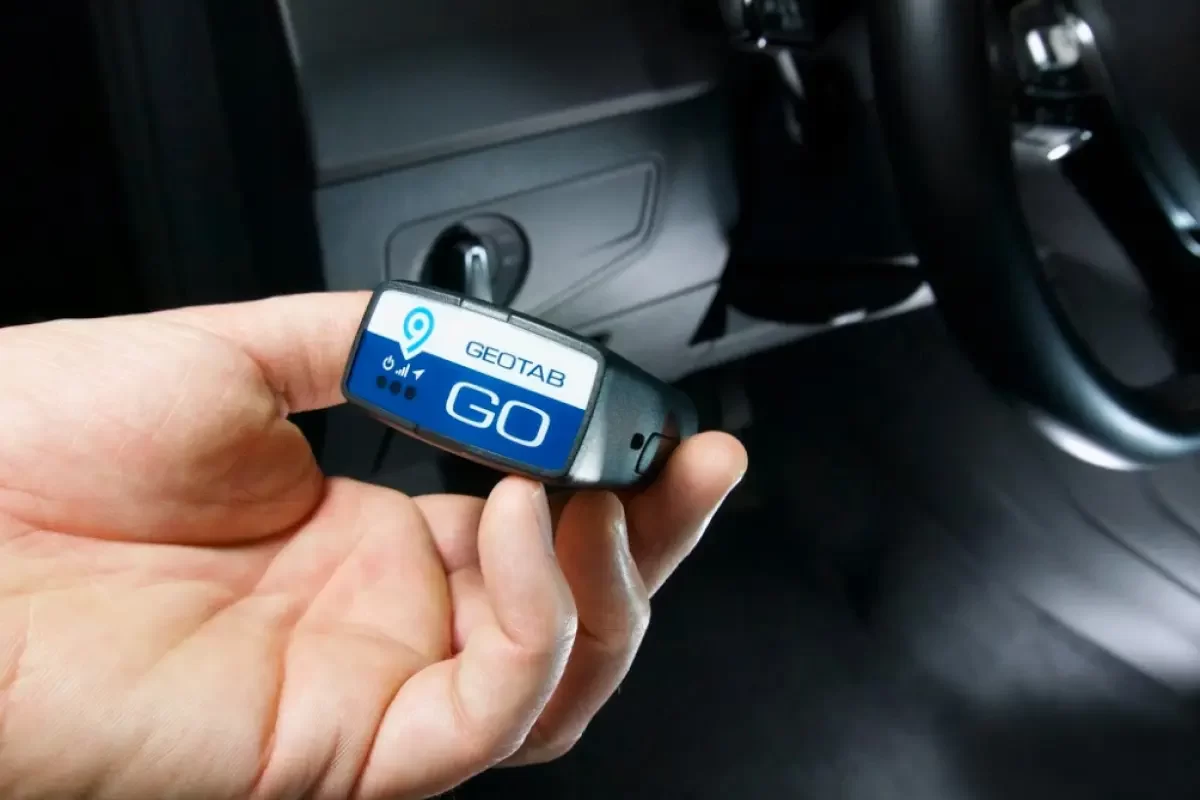Telematics is changing the game for fleet management and vehicle tracking. It gives us detailed insights into everything from fuel efficiency to driver behavior. We will see five major trends that are currently shaping the telematics industry. Look into how advancements in GPS, data analytics, and machine learning boost operational efficiency.
It lowers expenses and improves business security. Learn how telematics for connected automobiles and smart cities is affected by the most recent advancements in the industry, including open-platform technologies and real-time data integration. This article explores five major trends currently shaping the telematics industry.
Key Takeaways
- Telematics enhances operational efficiency by providing detailed insights into fuel usage, driver behavior, and vehicle health through advancements in GPS and data analytics.
- It supports environmental sustainability by reducing fuel consumption and emissions, and improves insurance accuracy by assessing driver behavior to set premiums.
- Predictive maintenance with telematics helps prevent breakdowns and extends vehicle lifespan, while data security measures ensure protection against cyber threats.

Insight 1: Beyond Fleet Management
It monitors driver behavior, forecasts when maintenance is required, verifies regulatory compliance, maintains vehicle whereabouts, and aids in route optimization. Through integration with IoT technology, it offers up-to-date information that facilitates more intelligent decision-making.
This helps businesses enhance safety, reduce fuel consumption, and boost efficiency. Automotive telematics technology aids asset management, helping companies keep track of equipment and goods. This comprehensive approach not only streamlines operations but also offers valuable insights into existing applications that drive strategic growth and innovation across the automotive industry and various industries.
Insight 2: Environmental Impact Tracking
Telematics considerably reduces the environmental impact of fleets by measuring fuel consumption, idle time, carbon footprint and driving patterns. This data provides useful information to increase fuel efficiency and reduce emissions. Fleet managers can promote environmentally friendly behaviors like fuel-efficient driving and smart routing by using this technology. By keeping an eye on real-time monitoring of the performance of electric vehicles telematics devices also help companies switch to greener fleets and reduce fuel costs. Using telematics for environmental tracking allows businesses to improve sustainability cut expenses and comply with regulations.
Insight 3: Insurance Telematics
Insurance telematics uses vehicle data to assess driver behavior and calculate insurance premiums more accurately. With braking patterns and drive time time data, insurers can identify safe drivers and offer them lower rates by tracking metrics such as speed. High-risk drivers may face higher premiums. This personalized approach encourages better driving habits. Telematics devices can provide immediate accident data to help speed up the claims process and reduce fraud. Telematics gives the insurance business more openness, justice, and a greater emphasis on driver performance and insurer safety.
Insight 4: Predictive Maintenance
Predictive maintenance uses telematics data to predict when a vehicle will need maintenance catching issues before they become serious. By continuously using battery voltage and monitoring engine performance fluid levels and other key indicators telematics devices can alert fleet managers to potential problems early. This proactive approach helps prevent breakdowns and extends the lifespan of vehicles. Scheduled maintenance can be better planned around actual vehicle usage rather than arbitrary timelines. Predictive maintenance minimizes downtime, enhances operational efficiency, and contributes to a more reliable and cost-effective fleet management strategy.
Insight 5: Telematics Data Security and Privacy
Telematics systems deal with sensitive info like driver behavior, vehicle locations, and operational details, making data security and privacy really important. To protect this data from cyber attacks and unauthorized access, you need to use secure transmission protocols and robust encryption. Plus, sticking to data protection laws is essential for handling personal information responsibly and transparently. Fleet telematics providers must also implement stringent access controls and carry out frequent security checks. These precautions support telematics systems in protecting sensitive data while giving fleet managers insightful information.
FAQs
What is Vehicle Telematics?
Vehicle telematics combines GPS systems, onboard vehicle diagnostics, wireless telematics devices, and black box technologies to record and transmit vehicle data, such as speed, location, maintenance requirements and servicing, and cross-reference this data with the vehicle’s internal behavior.
What types of businesses can benefit from vehicle telematics?
The continuous progress in the global automotive telematics market has the potential to greatly benefit numerous enterprises. Telematics solutions can have a significant impact on any kind of organization that uses vehicle fleets, including public transportation, utilities, emergency services, construction, food and beverage, delivery, and logistics. They lower expenses, increase safety, increase efficiency, and promote sustainability.
What are Vehicle Telematics Used For?
Vehicle telematics are used for a variety of applications, including tracking and managing fleets, trailers, and containers via GPS-fleet tracking devices equipped with wireless modems. They aid in vehicle location, asset tracking, keeping up with maintenance schedules, driver management, and safety improvements, while also helping reduce costs and boost productivity.
Telematics systems adhere to standards for data delivery and enhance safety through wireless safety communications and emergency warning systems. They also are mobile devices to support car sharing with usage tracking and geofencing and enable insurance companies to assess risk and set premiums based on driver behavior and traffic patterns.
What are the benefits of using vehicle telematics as a fleet management software?
Vehicle telematics brings a host of benefits to fleet management. It boosts operational efficiency, enhances driver safety, cuts down on fuel consumption, and lowers maintenance costs. With real-time telematics data and predictive analytics, fleet managers can optimize routes, decrease fuel costs, keep an eye on driver behavior, schedule maintenance proactively, and guarantee compliance with regulations. Vehicle telematics helps businesses streamline their operations and save money, making it an invaluable tool for any fleet management strategy.
How does vehicle telematics improve environmental impact?
Telematics is crucial for cutting down the carbon footprint and environmental impact of vehicle fleets. By tracking fuel use, idling times, and driving habits, fleet managers get the insights they need to adopt greener practices. They can find better routes to save fuel and promote more efficient driving. Plus, vehicle telematics helps integrate and monitor electric vehicles within smart city setups, making the transition to greener fleets smoother and more sustainable.
What role does vehicle telematics play in insurance?
Insurance telematics software uses vehicle and data analytics to evaluate driver behavior and set insurance premiums more accurately. By using vehicle-specific data monitoring factors like speed, braking patterns, and driving times, insurers can pinpoint safe drivers and offer them lower rates, while higher-risk drivers may see higher premiums. This method promotes safer driving habits, decreases accidents, and simplifies the claims process by providing instant accident data.
How does predictive maintenance work with vehicle telematics?
Using vehicle telematics data, predictive maintenance anticipates repair needs before they become serious problems. Fleet telematics may notify management of any issues before they become serious by monitoring vital indicators such as fluid levels, engine performance, and others. By extending the lifespan of fleet vehicles and preventing breakdowns, this proactive approach ensures that they continue to be in good condition and function safely.
How are telematics data security and privacy managed in-vehicle telematics systems?
Telematics systems handle sensitive details like driver behavior, vehicle locations, and autonomous vehicle data. Because of this, it’s really important to prioritize data security and privacy. Safe communication protocols and robust encryption are essential for shielding this data from hackers and unwanted access. Respecting data protection laws contributes to ensuring that private data is managed appropriately. Telematics providers also enforce strict access controls and perform regular security audits to keep the data secure and maintain strong cybersecurity measures.





